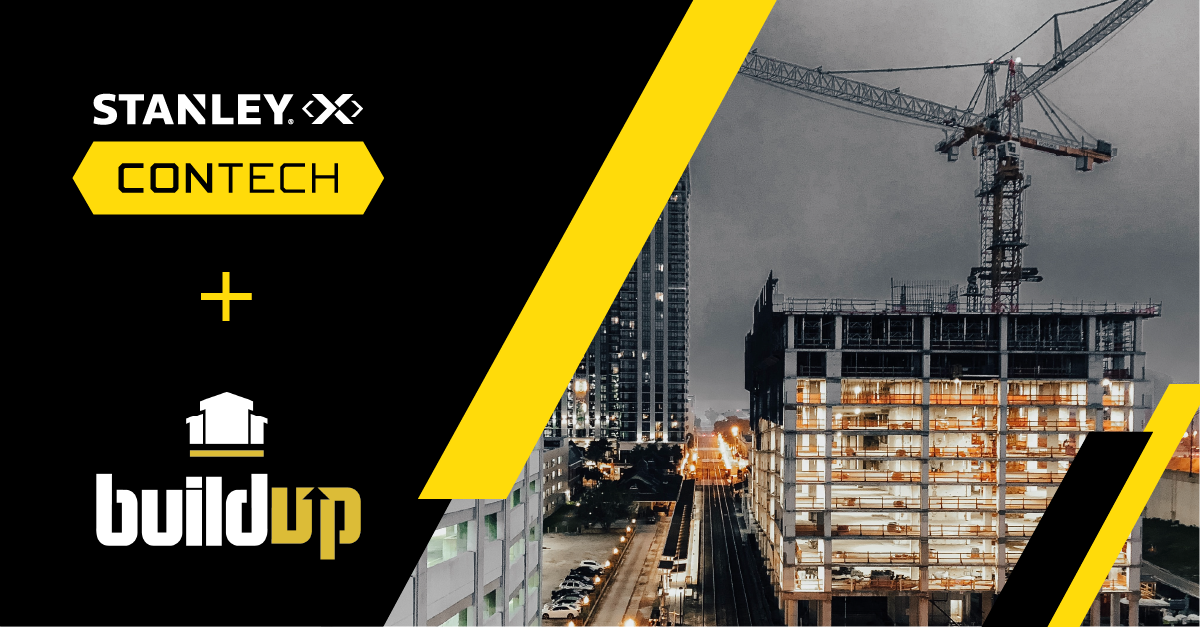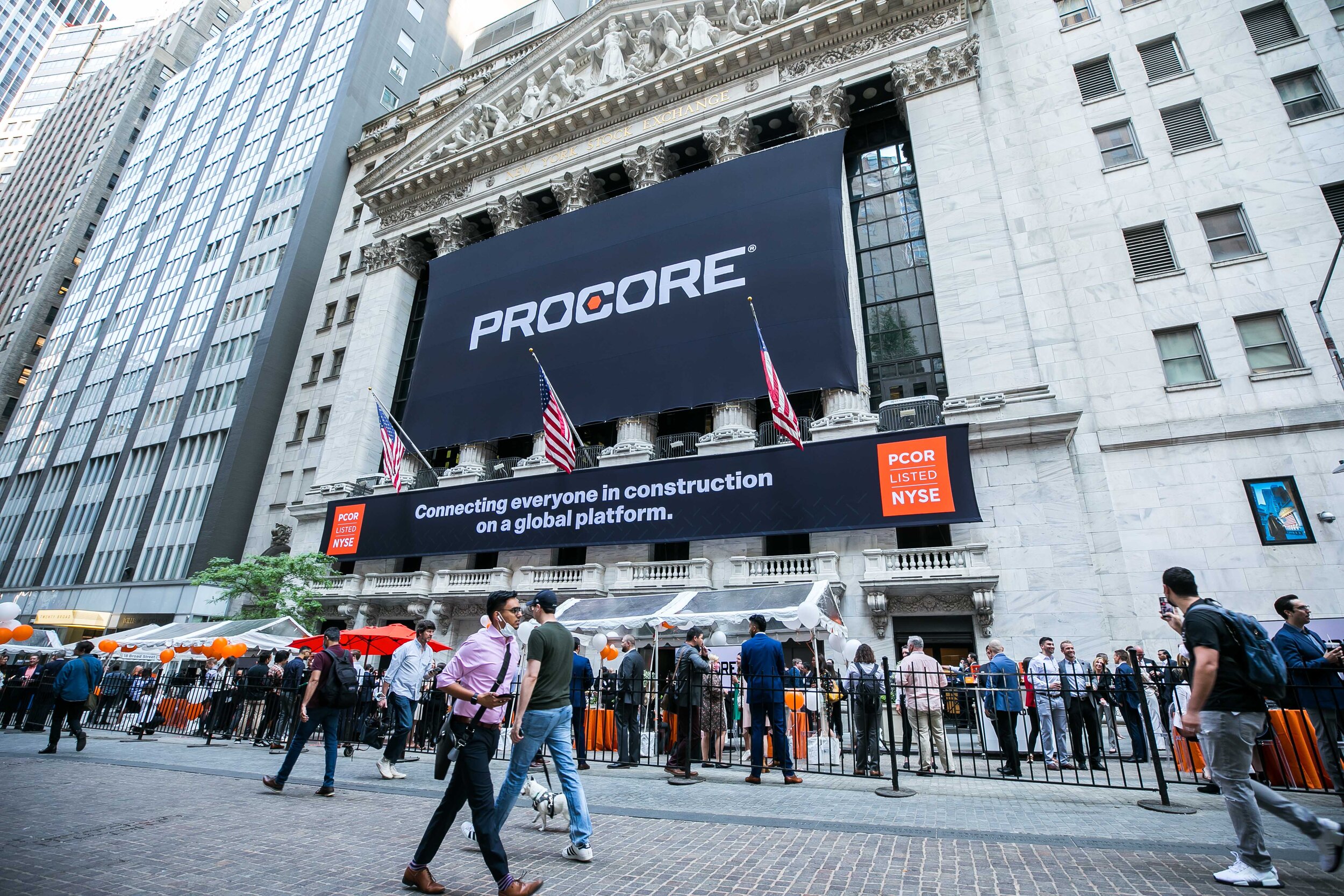Arup's plastic modular bridge concept
One of the most challenging issues with modular construction, of any kind, is the sheer size and weight of many of the components that need to be transported and lifted in place once onsite. That presents a specifically tough situation for jobsites that are not easy to get to. Arup, a design, engineering, and consulting team in the United Kingdom, has developed and successfully implemented what they say is the “world’s first modular glass-fiber, reinforced polymer bridge.” You may remember Arup from their testing of a “living wall” scaffolding cover that we wrote about last year.
Though the modular plastic bridge is designed by Arup, Mabey has become the first licensed distribution partner of the system. The first bridge was installed in Oxford, England, for Network Rail at a Site of Special Interest (SSSI) for pedestrian traffic. SSSIs are “protected by law because they contain the core of Britain’s natural heritage,” according to Network Rail.
World’s first modular plastic bridge has been installed over a railway line in Oxford https://t.co/a8FTcJ1dF6 Via @TCIndex @MabeyBridge pic.twitter.com/XZaOTGsSCK
— Mabey Hire (@MabeyHire) March 20, 2017
Because of the relatively low weight of the bridge sections, they were able to be transported by an articulated tractor/trailer, as the site was not conducive to large cranes and other heavy machinery. Arup says that the plastic components are 70% lighter than steel and can be moved by a pallet truck or forklift.
The sections were then assembled on site with bolted shear connectors and post-tensioned. Each section is over 3 feet (1m) in length and the system has a maximum span of almost 100 feet (30m). Mabey is marketing the bridge under the brand name Pedesta.











In the midst of fierce discourse over the bipartisan infrastructure bill lies a unique opportunity for the United States.